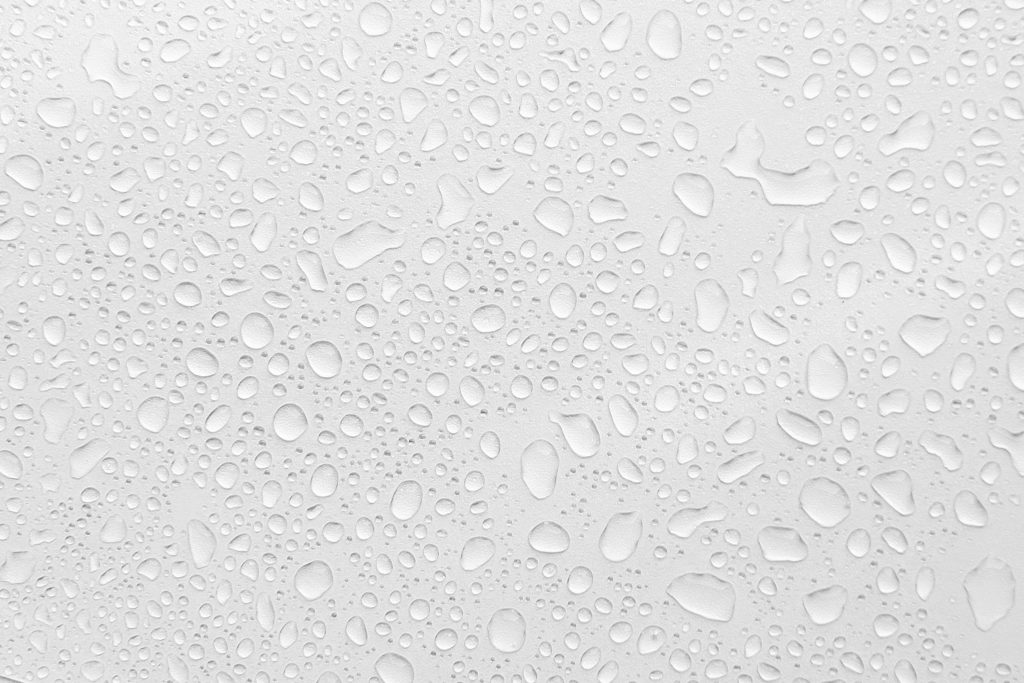Condensation in the home can cause a whole host of problems. One of the areas most affected by this issue is the bathroom. Bathrooms are particularly susceptible to moisture buildup due to the constant presence of water vapor from showers, baths, and sinks. This moisture can condense on cool surfaces like mirrors, tiles, and windows, leading to unsightly streaks and water droplets. If left alone, it can even cause peeling paint or mold. Fortunately, there are a few things you can take to prevent or reduce bathroom condensation.
1. Turn On Ventilation
The first and most important thing is to make sure your bathroom has an adequate ventilation fan. This will help to remove the moisture-laden air from your bathroom quickly and prevent it from condensing on surfaces.
If your bathroom doesn’t have a ventilation fan, you should consider contacting a local HVAC professional to install one. It’s also a good idea to keep the fan running for at least 20 minutes after taking a shower or bath to remove all the excess moisture from the air.
If your bathroom has a window, consider opening it periodically and after showers to help air out the space.

2. Use Water-Resistant Materials
Waterproofing your bathroom walls, surfaces, and ceiling can also help to prevent condensation. This is because the barrier will help block the moisture from penetrating the surface, preventing it from condensing on the other side. For example, unfinished wood surfaces retain moisture easily, and peel-and-stick tile can leave gaps for mold growth.
The good thing is that you can buy water-resistant materials or sealants at your local home improvement store. Just be sure to follow the instructions carefully so that you apply them correctly.
3. Wipe Down Surfaces After Showers
Wiping down wet surfaces after showers or baths can also help to reduce condensation. This is because there is less water that needs to evaporate, preventing it from condensing on the surface.
To do this, simply take a clean towel and wipe down any wet surfaces in your bathroom, including the shower walls, tub, sink, and countertops. You can also wipe down the bathroom door to prevent moisture from seeping into the rest of your home.
4. Invest in a Dehumidifier
If you’re struggling with excessive condensation in your bathroom, finding the right dehumidifier can be a game-changer. A dehumidifier works by removing excess moisture from the air, which helps to combat mold growth, dampness, and condensation on mirrors and surfaces. By controlling humidity levels, you can create a more comfortable and healthier environment in your bathroom while preventing potential damage to walls and fixtures.
Dealing with bathroom condensation can be a hassle, especially when it’s causing significant problems. But with these few tips, you can prevent or reduce the moisture in your bathroom and keep it looking its best.
